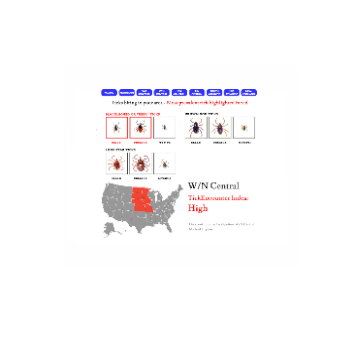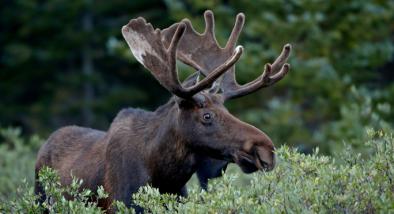Science Source
Wildlife in a Warming World
- Covers eight regions of the U.S., from the Arctic to the Atlantic coast, and details concrete examples of wildlife struggling to adapt to the climate crisis
- Examines case studies from across the country illustrating how global warming is altering wildlife habitats
- Reviews a recent study that looked at 305 species of birds in North America and found that of those, more than half (177) have expanded their range northward by an average of 35 miles in the past four decades
- Finds climate change is creating conditions fueling more mega-wildfires, which are having devastating impacts on fish and wildlife habitats and are putting people and property in harm’s way
- Finds that, in the face of unprecedented warming, many uniquely polar habitats—like the sea ice that polar bears, seals, and walrus require to hunt—are shrinking fast
- Looks at superstorm Sandy, which demonstrated how extreme weather fueled by climate change can turn coastal habitats upside down
Related Content
Real Time Data

Mar 29, 2016 | Tick Encounter Resource Center, University of Rhode Island
Current US Tick Activity
Headline

Mar 29, 2016 | onearth
What’s Killing Minnesota’s Moose?
Science Source
| Parasitology Research
Seroprevalence, isolation, first genetic characterization of Toxoplasma gondii, and possible congenital transmission in wild moose from Minnesota, USA
Shiv K. Verma, Michelle Carstensen, Rafael Calero-Bernal et al
Science Source
| Alces
Winter ticks on moose and other ungulates: factors influencing their population size
Samuel, W. M., & Welch et al


